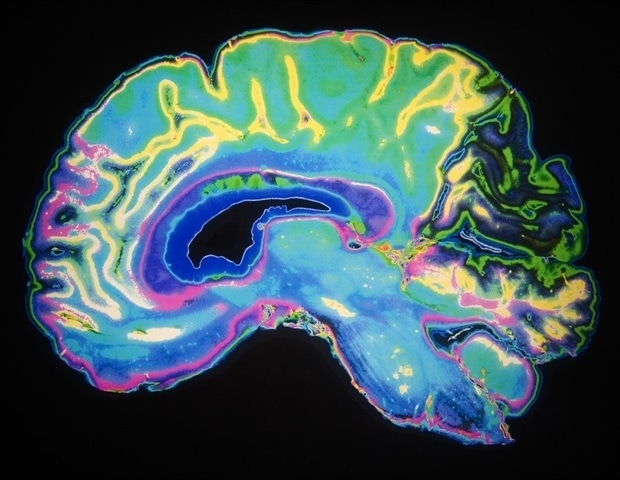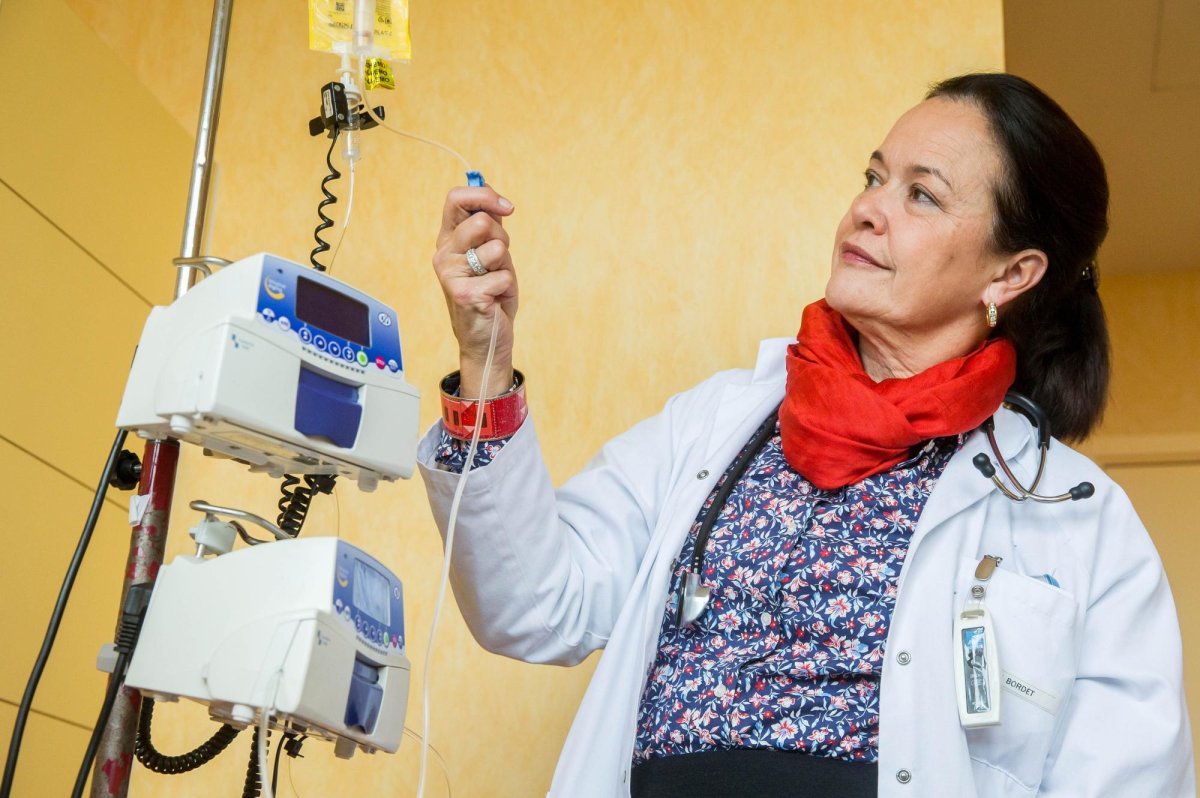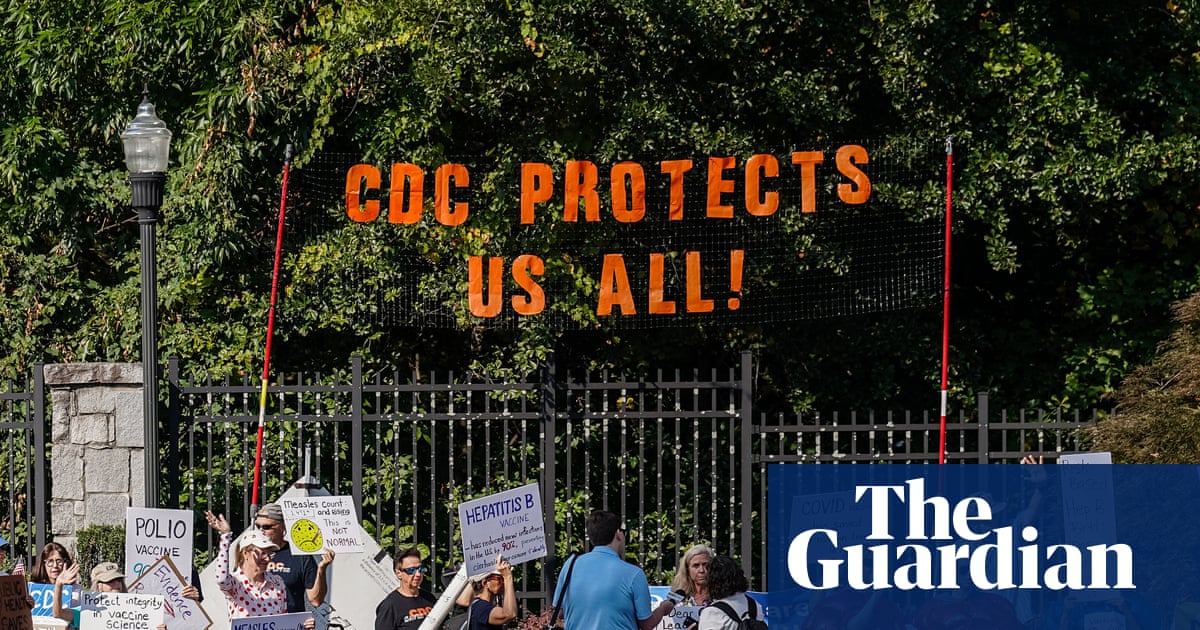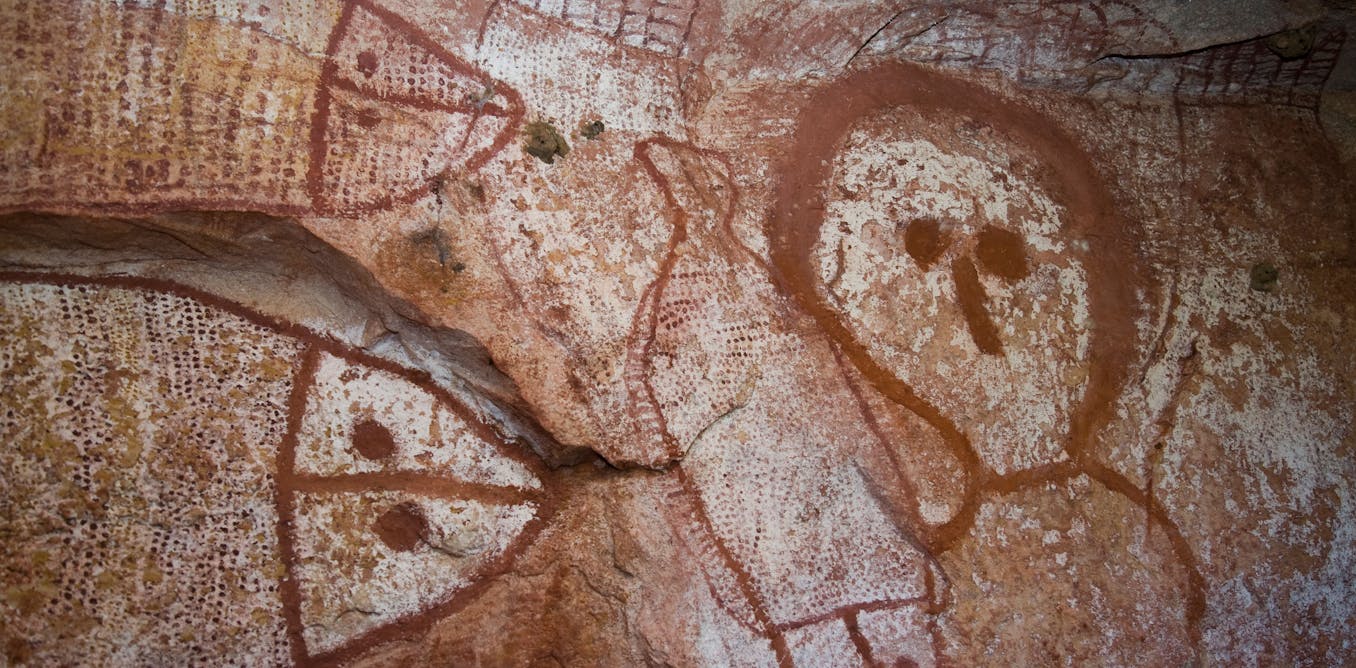Paul Thomas Anderson’s acclaimed comedy thriller One Battle After Another has emerged as an early best picture frontrunner as the awards season kicks off.
The Thomas Pynchon adaptation, starring Leonardo DiCaprio as an ex-revolutionary searching…

Paul Thomas Anderson’s acclaimed comedy thriller One Battle After Another has emerged as an early best picture frontrunner as the awards season kicks off.
The Thomas Pynchon adaptation, starring Leonardo DiCaprio as an ex-revolutionary searching…

A film buff could probably rattle off their favorite movie trailers without much effort—but could they name their top movie theater trailer? And no, the in-theater AMC ad starring Nicole Kidman doesn’t count!
Outside of the physical cinema…

A new study from experts with Georgia State University has achieved a long-standing goal in neuroscience: showing how the brain’s smallest components build the systems that shape thought, emotion and…

A documentary about Ukrainian ballet dancers is heading to audiences from executive producer Sarah Jessica Parker.
Director Miriam Guttmann’s feature Front Row is set to debut via streaming platform Marquee TV on Dec….

As many as 1 in 4 breast cancers occur in women younger than 50, researchers said at the Radiological Society of North America’s annual meeting. File Photo by Stephanie Lecocq/EPA
As many as 1 in 4 breast cancers occur in women younger than 50,…

A reversal of a decades-long program of childhood immunizations, including a recommendation to scrap hepatitis B shots for newborn babies, could come as early as this week in a vote by an advisory committee of allies convened by the US health…

Today’s Image of the Day from the European Space Agency features a distinctive circular pattern in the Sahara Desert that has sparked curiosity for many years.
The formation, known as the Richat Structure or the eye of the Sahara, appears…

Sam Altman has declared a “code red” at OpenAI to improve ChatGPT as the chatbot faces intense competition from rivals.
According to a report by tech news site the Information, the chief executive of the San Francisco-based startup told staff in an internal memo: “We are at a critical time for ChatGPT.”
OpenAI has been rattled by the success of Google’s latest AI model, Gemini 3, and is devoting more internal resources to improving ChatGPT.
Last month, Altman told employees that the launch of Gemini 3, which has outperformed rivals on various benchmarks, could create “temporary economic headwinds” for the company. He added: “I expect the vibes out there to be rough for a bit.”
OpenAI’s flagship product has 800 million weekly users but Google is also highly profitable due to its search business and has substantial data and financial resources to throw at its AI tools.
Marc Benioff, the chief executive of the $220bn (£166bn) software group Salesforce, wrote last month that he had switched allegiance to Gemini 3 and was “not going back” after trying Google’s latest AI release.
“I’ve used ChatGPT every day for 3 years. Just spent 2 hours on Gemini 3. I’m not going back. The leap is insane – reasoning, speed, images, video … everything is sharper and faster. It feels like the world just changed, again,” he wrote on X.
OpenAI is also delaying a foray into putting advertising in ChatGPT as it focuses on improving the chatbot, which celebrated its third birthday last month.
The head of ChatGPT, Nick Turley, marked the anniversary with a post on X pledging to break new ground with the product.
He wrote: “Our focus now is to keep making ChatGPT more capable, continue growing, and expand access around the world – while making it even more intuitive and personal. Thanks for an incredible three years. Lots more to do!”
Despite lacking the cash flow support enjoyed by rivals Google, Meta and Amazon, which is a big funder of competitor Anthropic, OpenAI has received substantial funding from the likes of the SoftBank investment group and Microsoft. In its latest valuation, OpenAI reached $500bn, up from $157bn last October.
OpenAI is loss-making and expects to end the year with annual revenues of more than $20bn, which Altman expects will grow to “hundreds of billion[s]” by 2030. The startup is committed to steep revenue growth after pledging to spend $1.4tn on datacentre costs to train and operate its AI systems over the next eight years.
after newsletter promotion
“Based on the trends we are seeing of how people are using AI and how much of it they would like to use, we believe the risk of OpenAI of not having enough computing power is more significant and more likely than the risk of having too much,” said Altman last month.
Apple has also responded to increasingly intense competitive pressures in the sector by naming a new vice-president of AI. Amar Subramanya, a Microsoft executive, will replace John Giannandrea.
Apple has been slow to add AI features to its products in comparison with rivals such as Samsung, which have been quicker to refresh their devices with AI features.
Subramanya is joining Apple from Microsoft, where he most recently served as corporate vice-president of AI. Previously, Subramanya spent 16 years at Google, where his roles included the head of engineering for the Gemini assistant.
Earlier this year, Apple said AI improvements to its voice assistant Siri would be delayed until 2026.

The question of when people first arrived in the land mass that now comprises much of Australasia has long been a source of scientific debate.
Many Aboriginal people believe they have lived on the land since time immemorial. But until the…